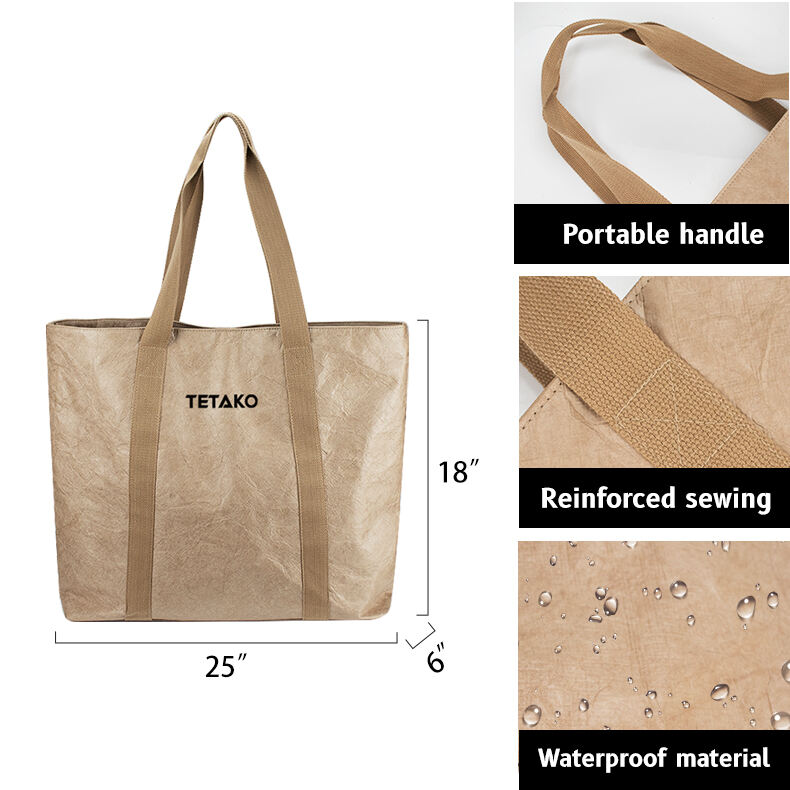Fit and Stability Features
Adjustable Strap Systems for Customized Fit
Adjustable strap systems are a crucial feature in running vests, allowing wearers to customize their fit to accommodate a variety of body shapes and sizes. By fine-tuning the fit, runners can ensure that their vests fit snugly against their body, minimizing unwanted movement during runs. This snug fit enhances stability and reduces distractions that can arise from shifting gear, ultimately preventing discomfort. Brands like Salomon's Adv Skin incorporate advanced adjustable systems, highlighted by user testimonials that praise enhanced comfort and stability. With features like these, runners can enjoy a focused and distraction-free workout, making adjustable strap systems indispensable for serious trail runners.
Chest and Torso Sizing Options
Running vests come with a range of sizing options, including variations tailored for different chest and torso measurements. This diversity in design is essential to cater to runners across various demographics, ensuring an optimal fit that promotes comfort and prevents injuries. Improper sizing can lead to discomfort or, in more severe cases, injury, a concern substantiated by statistics highlighting higher discomfort rates among ill-fitting vest users. Additionally, the availability of both unisex and gender-specific designs has a significant impact on fit and performance. These options ensure that each runner finds a vest that meets their unique requirements, enhancing their overall running experience.
Load Distribution Techniques to Minimize Bounce
Advanced load distribution techniques are employed in running vests to evenly spread the weight of carried items across the body, thereby reducing bounce and optimizing the running experience. Sports scientists have provided insights into the biomechanics of load distribution, illustrating its beneficial effects on running efficiency and speed. Features such as strategically placed pockets that align with the body's natural balance, and load-stabilizing structures, found in models like Ultimate Direction's Mountain Vest 5, exemplify how these techniques enhance performance. By ensuring precise weight distribution, these vests help maintain speed and reduce fatigue, allowing runners to perform at their peak without any hindrance.
Hydration Essentials for Long Runs
Fluid Capacity Planning Based on Run Duration
Proper hydration is crucial during long runs, and running vests offer an excellent solution for managing fluid intake efficiently. These vests come with various fluid capacity options to cater to different run durations. For shorter runs, a total capacity of 1 liter might suffice, while longer or more intense runs may require up to 2 liters or more. According to hydration experts, fluid needs can vary based on individual sweat rates, which average around 0.5 to 2 liters per hour for runners. Thus, choosing the right fluid capacity in your vest ensures you remain hydrated throughout your run, preventing dehydration and maintaining performance.
Soft Flask vs. Hydration Bladder Pros and Cons
When it comes to hydration on the go, soft flasks and hydration bladders each have their own pros and cons. Soft flasks are lightweight and easy to squeeze, making them ideal for quick sips on the move. They fit snugly in front pockets of running vests and are simple to clean. However, they typically hold less water compared to hydration bladders, which can carry larger volumes and are stored in the vest's back compartment. Hydration bladders, while convenient for carrying more water, can be more challenging to clean and may cause discomfort due to heat against the back. Many runners prefer soft flasks for short to medium runs thanks to their ease of use, while hydration bladders suit longer runs where more water is needed.
Storage Solutions and Gear Accessibility
Front-Pocket Accessibility for Quick Nutrition Grab
Running vests with front-pocket designs have revolutionized accessibility for essential nutrition during long runs. Quick access to energy gels and snacks is crucial to maintaining energy levels, as experts assert that timely nutrition intake can prevent fatigue. For instance, vests like the Salomon ADV Skin 5 Set have received praise for their innovative front-pocket designs, allowing runners to grab and consume nutrition on the move effortlessly. This level of accessibility ensures that you can maintain running efficiency without breaking your stride, which is essential for both amateur runners and seasoned athletes.
Secure Zippered Compartments for Valuables
When running, secure storage for valuables like smartphones, keys, and IDs is a must. Statistics from user reports highlight frequent theft or loss incidents, urging the need for reliable storage during runs. Running vests equipped with secure zippered compartments, such as the Ultimate Direction Ultra Vest 6.0, offer peace of mind without adding excessive weight to the vest. These features inspire user trust by safeguarding important items against theft or loss, allowing runners to focus on their performance without worry.
Gear Attachment Points for Poles and Layers
Gear attachment points in running vests enhance their functionality, especially for trail and outdoor races. They offer the flexibility to carry equipment such as poles or additional clothing layers, which can be vital for adapting to changing weather conditions. Vests like the CamelBak Ultra Pro Vest are designed with versatility in mind, benefitting runners through their capacity to accommodate diverse environments and running conditions. This adaptability significantly increases the utility of running vests, making them an essential part of every runner's gear for various running environments.
Ripstop Fabrics for Trail Toughness
Ripstop fabrics are central to the durability of running vests designed for trail running, offering robust resistance against tearing and abrasion. These fabrics are woven with thicker threads in a crosshatch pattern, which significantly reduces the risk of small tears expanding. Such characteristics are especially valuable for runners traversing rugged terrains and dense underbrush, where snagging and abrasive elements are common. In fact, numerous ultrarunners have praised ripstop materials for their resilience, with many reporting their vests remained intact even after intense trail races. As fabric technology evolves, industry leaders are embracing innovative methods to enhance durability without compromising on weight, ensuring runners have reliable gear without added bulk.
Breathable Mesh Panels for Ventilation
Breathable mesh panels in running vests are pivotal for maintaining comfort by facilitating airflow and minimizing sweat buildup. These panels allow heat to escape while simultaneously preventing moisture accumulation, ensuring the runner remains dry and cool. According to experts in athletic gear, achieving a balance between ventilation and protection from the elements is crucial. Advanced models incorporate strategically placed mesh to maximize cooling without exposing the runner to adverse weather. Vests such as the Salomon ADV Skin series exemplify effective use of this technology, integrating breathable materials without sacrificing durability or support, thus enhancing the overall running experience.
Comfort and Safety Enhancements
Moisture-Wicking Liners to Prevent Chafing
Moisture-wicking liners are crucial in managing sweat and preventing chafing during runs. These innovative materials draw moisture away from the skin to the outer surface of the fabric, where it can evaporate more easily, keeping you dry and comfortable. According to a study published in the "Journal of Applied Physiology," moisture management in athletic apparel significantly reduces skin irritation and injuries. Advances in this technology, such as antimicrobial treatments that prevent odor, have enabled manufacturers to produce gear that caters to the needs of endurance runners more effectively. Utilizing such liners in running vests can greatly enhance comfort, allowing runners to focus on their performance without distractions caused by skin irritation.
Reflective Elements for Low-Light Visibility
Reflective elements are a vital safety feature for runners who train during early morning or late evening hours when visibility is low. These elements work by reflecting light, making runners visible to drivers and other people, thereby preventing accidents. A report by the National Highway Traffic Safety Administration emphasized that pedestrian visibility significantly impacts safety, particularly in low-light conditions. Brands like Nike and Asics are at the forefront of integrating high-quality reflective technologies into their running gear, ensuring that safety is not compromised. By choosing vests with effective reflective elements, runners can enjoy peace of mind while staying visible on their routes.
Padded Back Panels for Weight Distribution
Padded back panels in running vests play a pivotal role in distributing weight more evenly across the back, enhancing comfort during long-distance runs. This feature helps to alleviate pressure points that can cause discomfort or fatigue, allowing for longer and more enjoyable runs. A study in "Ergonomics Journal" supports the notion that evenly distributed weight reduces runner fatigue, as it minimizes strain on various muscle groups. Products such as the Salomon Advanced Skin running vest have incorporated this design, showcasing the practical benefits of padded back panels by offering improved comfort and support to athletes tackling intense trails.


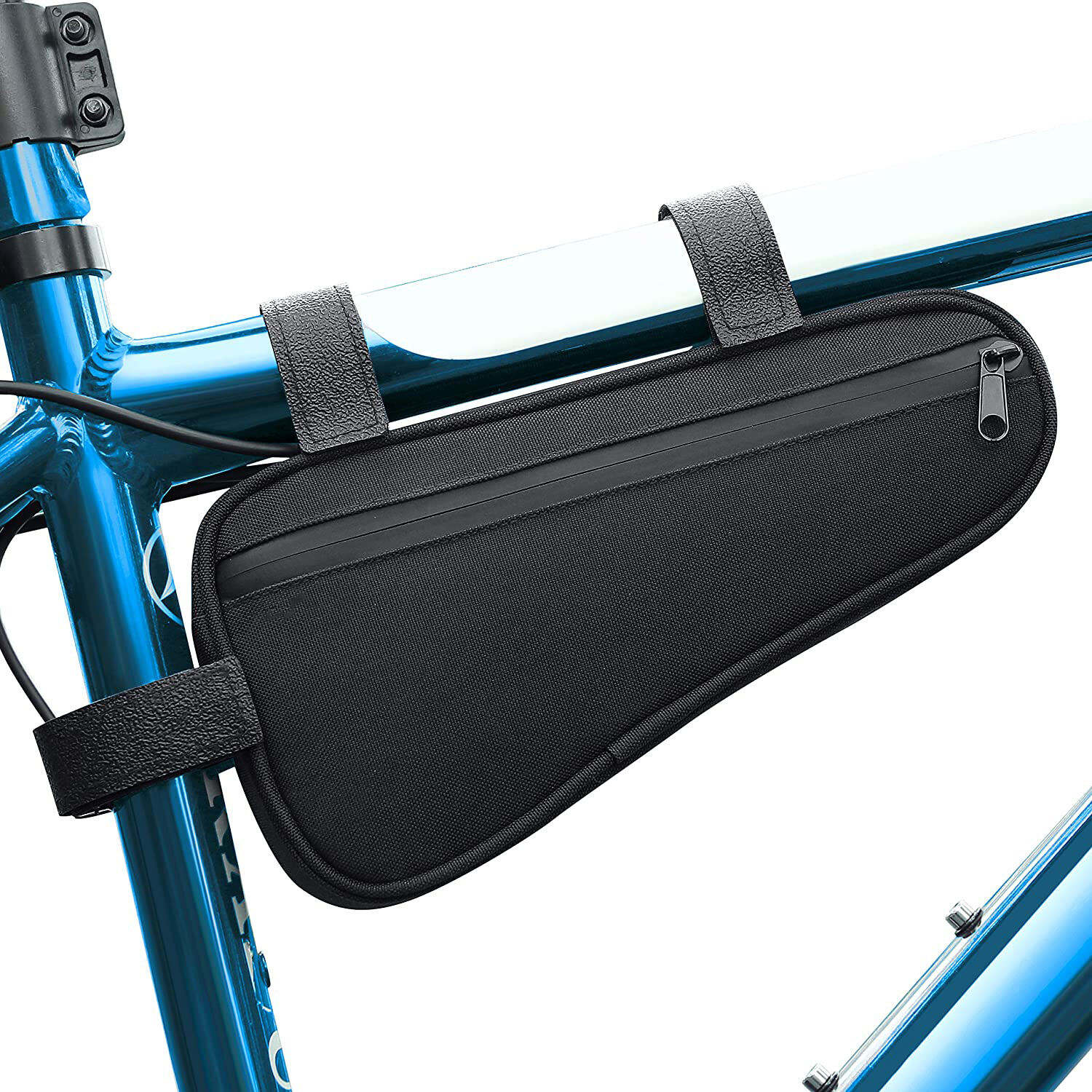
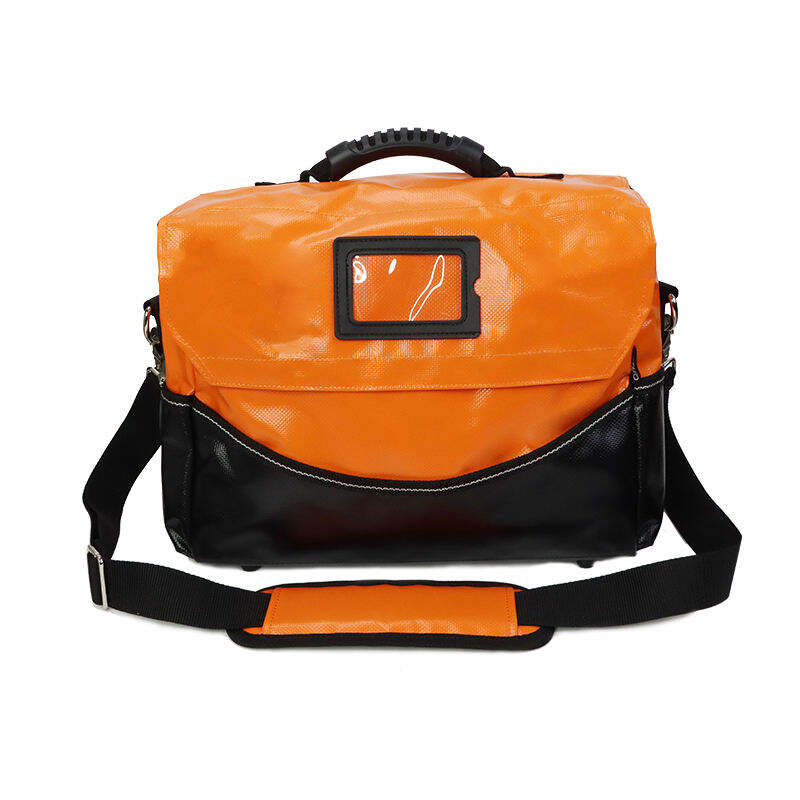
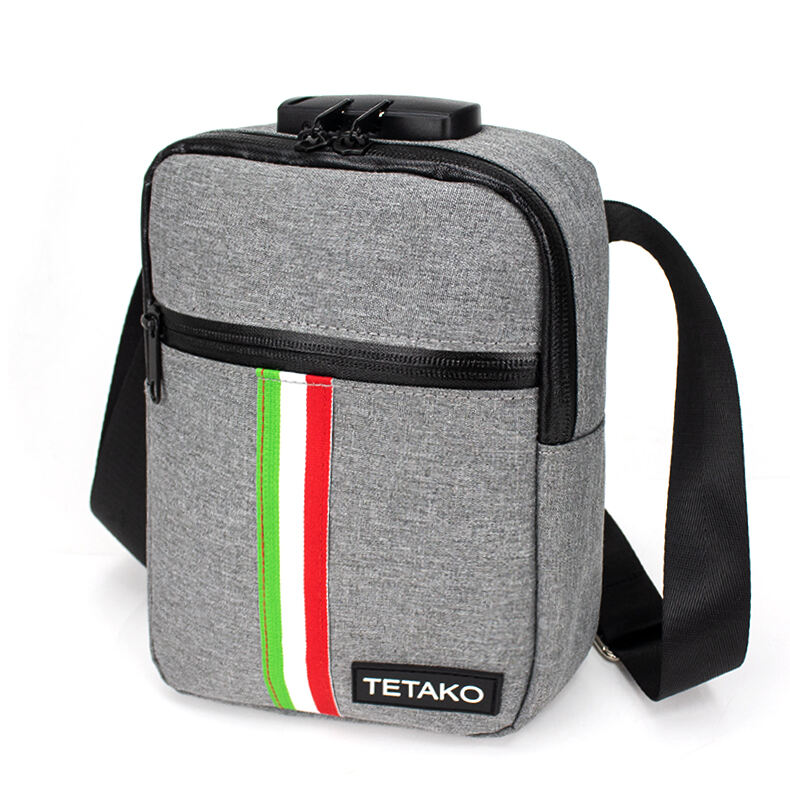
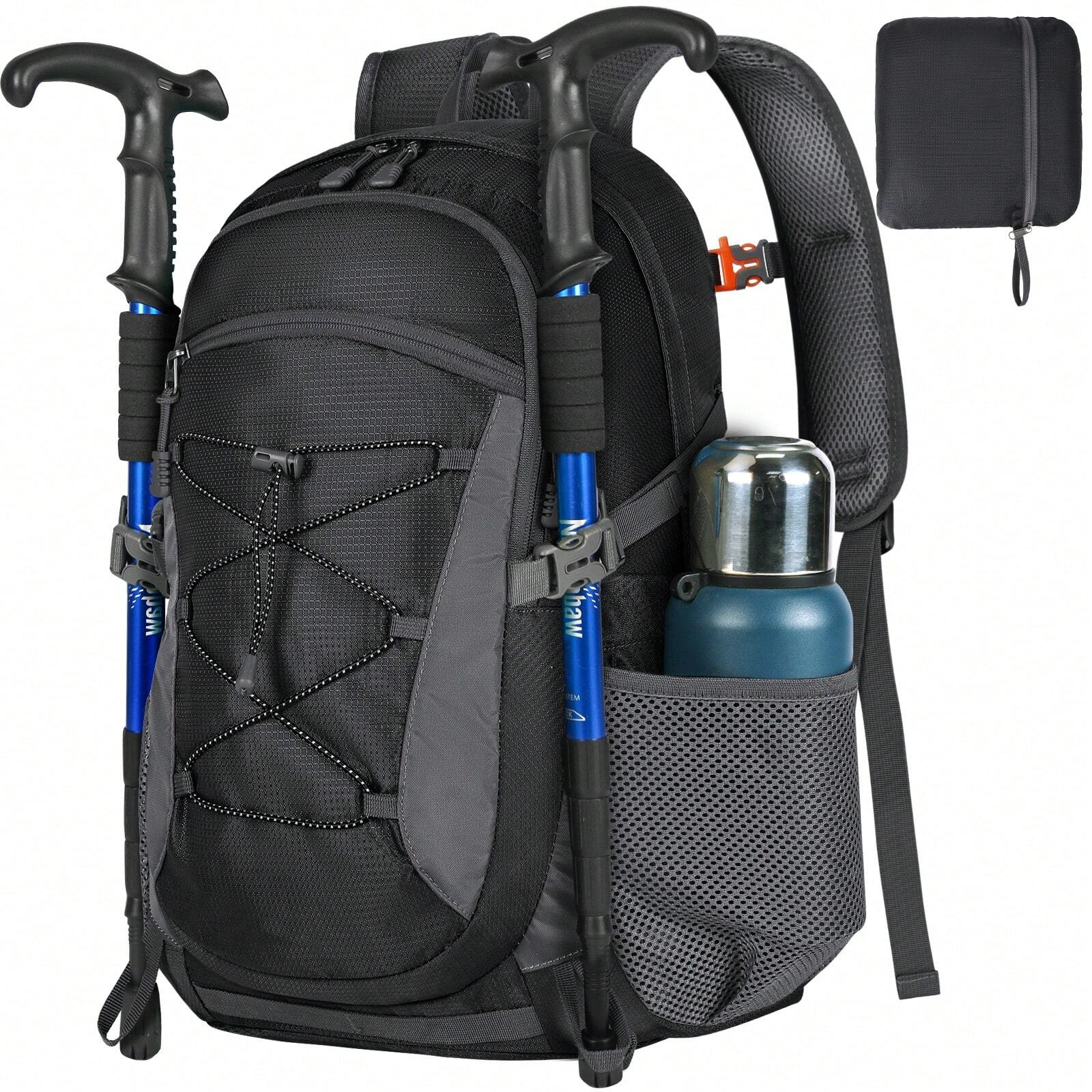

 Hot News
Hot News